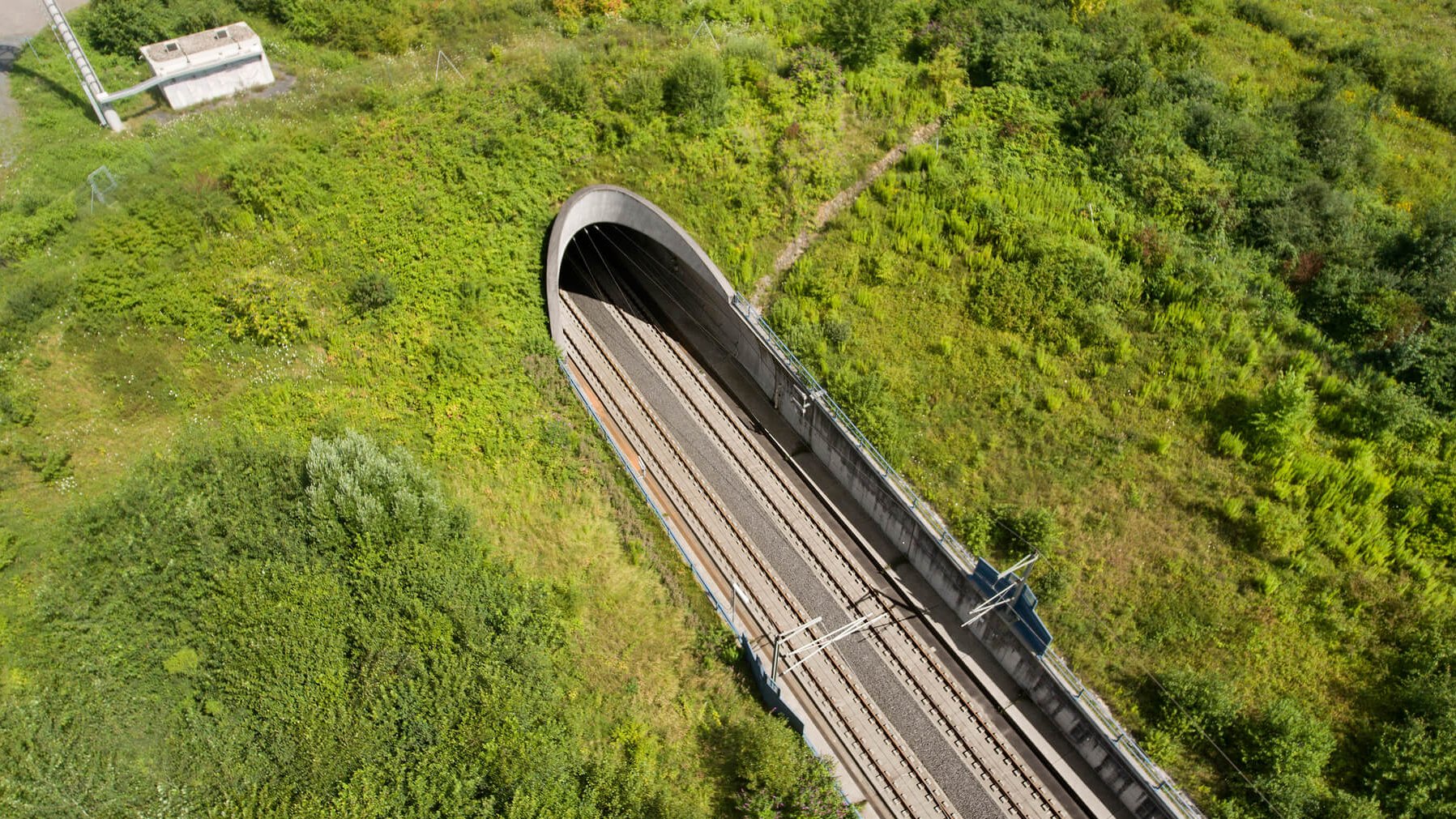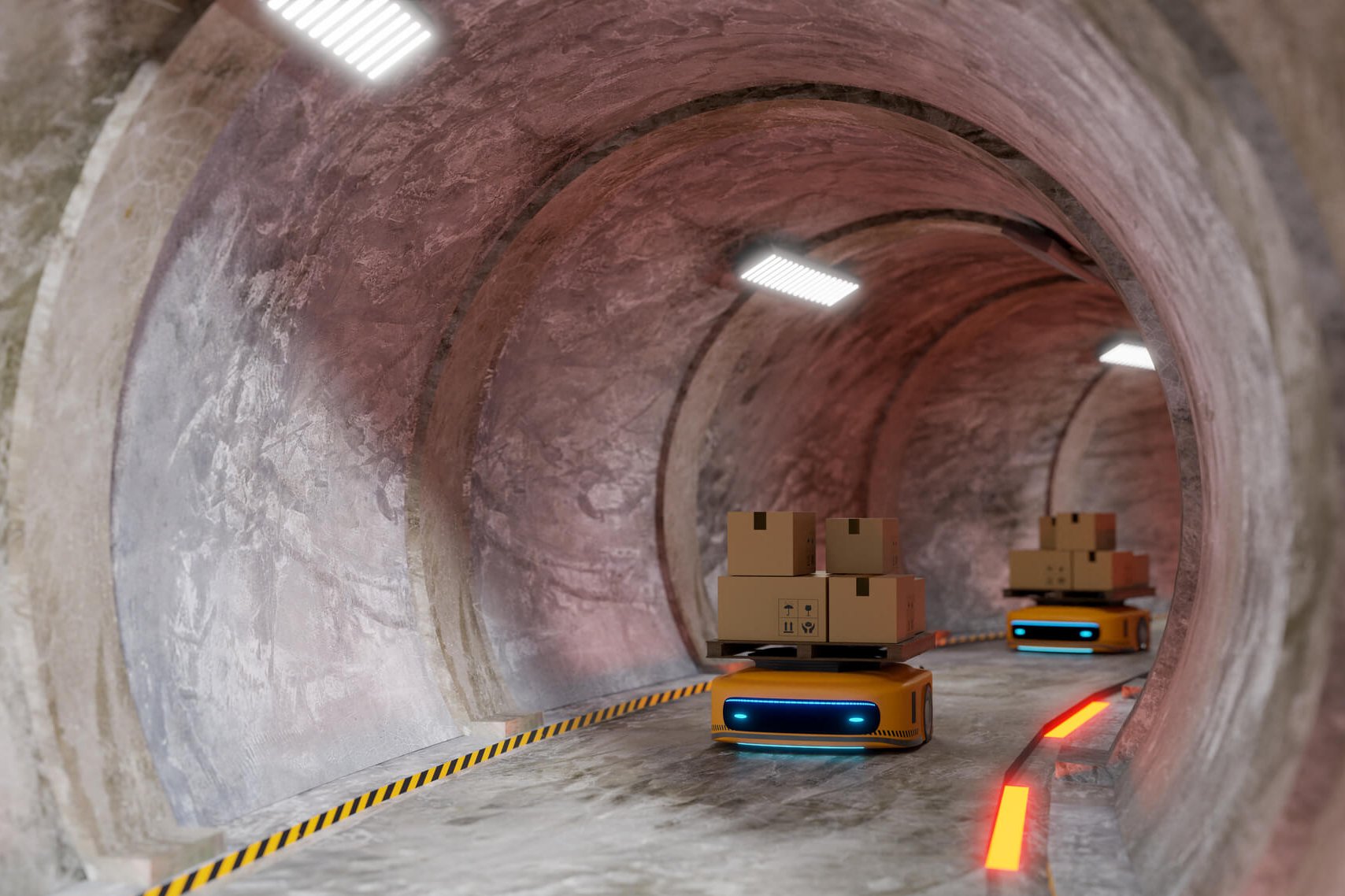
Sustainability & Tunnelling
Tunnelling as an instrument for sustainability
In the fight against climate change, we as a society are striving for climate neutrality and, as an interim goal, a strong limitation of greenhouse gas emissions. To achieve this goal, there is no way around underground space. Tunneling is an important resource in terms of sustainability.
Become part of our VISION UNDERGROUND Community!
Subscribe to newsletter
Sustainable relief for people and the environment

Traditional tunnel construction has long provided the proof: underground transport links bring sustainable relief for people and the environment.
Underground transport links not only shorten traffic and transport routes and thus also bring economic benefits thanks to faster delivery times. They also reduce the impact on the environment. In order to contain environmental risks, underground connections and spaces are a measure that can no longer be ignored.
Using tunneling for the future

The sustainable use of underground space is becoming a megatrend for the future of construction. Linked to this megatrend is the question of where underground connections can bring sustainable relief and how they can be successfully planned and implemented. Over the past 100 years, Implenia has acquired unique expertise in the construction of large, complex tunnels, particularly in the field of transport tunnels. Implenia intends to use this expertise to help build the infrastructure of the future.

Subscribe to newsletter
Get thought-provoking, in-depth information now.
Subscribe to our newsletter and become part of our VISION UNDERGROUND community!
Subscribe to newsletter
VISION UNDERGROUND concrete: Example Cargo sousterrain

As a shareholder, Implenia supports Cargo sousterrain(CST) , a total logistics system for the flexible transport of small-scale goods in Switzerland. Tunnels connect production and logistics sites with urban centers. Above ground, CST distributes the transported goods in environmentally friendly vehicles and thus contributes to reducing traffic and noise emissions. The first section will connect the Härkingen-Niederbipp area with Zurich from 2031. Construction of the remaining sections will be completed by 2045. CST is suitable for both supply and disposal. The electricity for operating the system comes 100% from renewable energies. Source


